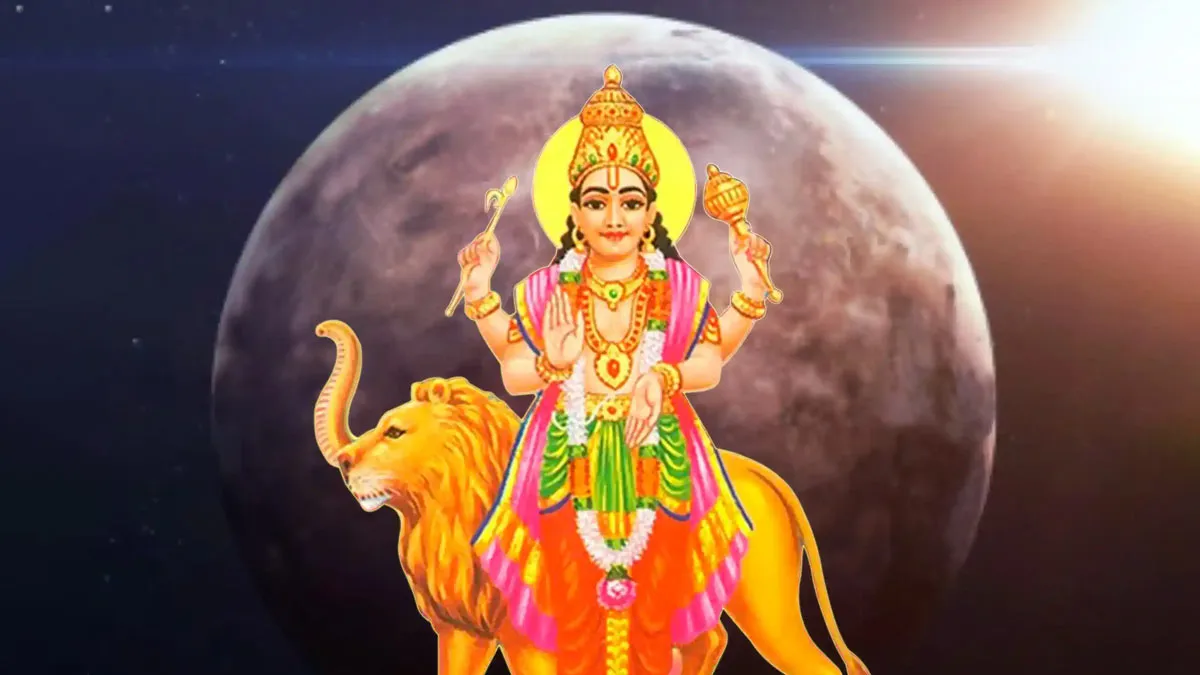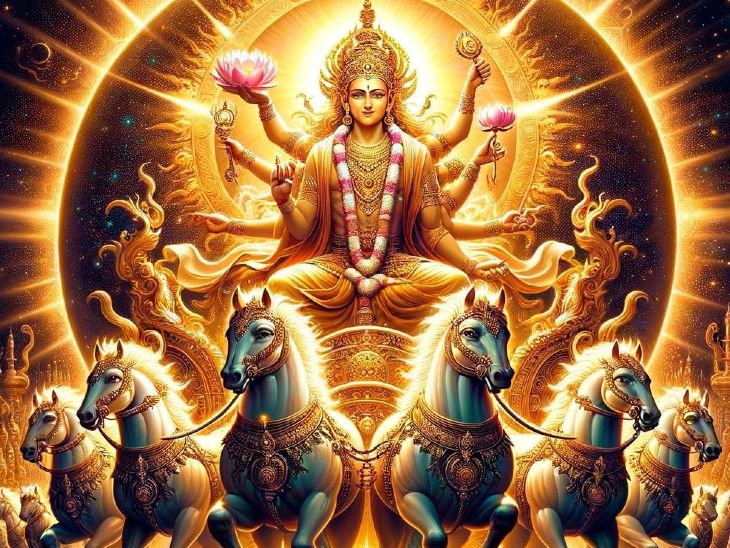Vidhi: Step-by-Step Procedure of Pavamana Suktam Homam
Performing the Pavamana Suktam Homam involves several steps, each with specific rituals and mantras. Here is a detailed guide to the procedure:
Preparation and Setup
1. Choosing an Auspicious Date and Time: The homam should be performed on an auspicious day, typically determined by consulting a priest or an astrologer. Early morning is considered an ideal time for this ritual.
2. Setting Up the Altar and Clean Space: A clean and sacred space is prepared, and the altar is set up with idols or images of the deities, decorated with flowers and other offerings.
3. Decoration with Flowers and Rangoli: The area around the altar and the homa kund is decorated with fresh flowers and rangoli (decorative patterns made on the floor).
Initial Rituals
1. Sankalpa (Taking a Vow): The main priest or the head of the family takes a vow, stating the intention and purpose of the homam. This is done by holding water, rice, and flowers in the hands and reciting specific mantras.
2. Ganapati Puja (Worship of Lord Ganesha): The ritual begins with the worship of Lord Ganesha to remove obstacles and ensure the successful completion of the ceremony. Offerings of flowers, fruits, and sweets are made to Ganesha.
3. Kalasha Sthapana (Installation of the Sacred Pot): A kalasha (sacred pot) filled with water and adorned with mango leaves and a coconut is placed at the altar. This pot symbolizes the presence of deities and is worshipped throughout the ritual.
Main Rituals
1. Agni Pratishtapana (Ignition of the Sacred Fire): The sacred fire is lit in the homa kund using dried wood, ghee, and camphor. Agni, the fire god, is invoked to sanctify the ritual space.
2. Pavamana Suktam Chanting: The main part of the homam involves the chanting of the Pavamana Suktam. The hymns are recited by the priest and participants, invoking the purifying energies of the divine.
3. Offering of Samagri into the Fire: As the hymns are chanted, various offerings such as ghee, rice, sacred wood, and herbs are made into the fire. Each offering is accompanied by specific mantras.
4. Aarti (Circulating the Lamp): After the main offerings, an aarti is performed, where a lamp is waved in front of the deities in a circular motion, symbolizing the removal of darkness and the presence of divine light.
Concluding Rituals
1. Purnahuti (Final Offering): The homam concludes with the final offering, known as purnahuti. A mixture of sacred items is offered into the fire, accompanied by the chanting of powerful mantras.
2. Prasad Distribution: The blessed items, including holy water and the remains of the offerings, are distributed among the devotees as prasad, believed to carry the blessings of the divine.
Benefits of Performing Pavamana Suktam Homam
The Pavamana Suktam Homam offers numerous benefits, encompassing spiritual, physical, and mental well-being.
Spiritual Benefits
1. Purification of Mind, Body, and Soul: The primary benefit of the Pavamana Suktam Homam is the profound purification it offers. The chanting of the hymns and the fire offerings cleanse the participant’s mind, body, and soul, removing impurities and negative energies.
2. Enhanced Spiritual Growth: Regular performance of this homam aids in spiritual growth and enlightenment. It helps individuals connect with their higher selves and attain a deeper understanding of their spiritual path.
3. Protection from Negative Energies: The ritual creates a protective shield around the devotees, safeguarding them from negative influences and harmful energies.
Physical Benefits
1. Health and Well-being: The purifying energies invoked during the homam have a positive impact on physical health. The sacred fire and the chanting of mantras are believed to dispel ailments and promote overall well-being.
2. Alleviation of Chronic Illnesses: Devotees often perform this homam to seek relief from chronic health issues and diseases. The divine intervention is believed to accelerate the healing process and provide relief from long-standing ailments.
Mental and Emotional Benefits
1. Stress Reduction and Mental Clarity: The meditative aspects of the Pavamana Suktam Homam help reduce stress and enhance mental clarity. The chanting of the hymns and the serene environment create a sense of inner peace and calm.
2. Emotional Stability: The ritual provides emotional stability and helps in overcoming negative emotions such as fear, anger, and anxiety. It fosters a sense of inner strength and resilience.
3. Positive Energy and Improved Outlook: The positive energies generated during the homam uplift the mood and improve the overall outlook on life. Devotees often report feeling more optimistic and energized after performing the ritual.
Tips for a Successful Pavamana Suktam Homam
1. Perform with Sincerity and Devotion: The key to a successful homam is performing it with sincerity and devotion. Approach the ritual with a pure heart and clear intentions.
2. Involve Family Members: Involving family members in the homam strengthens familial bonds and ensures collective blessings. Encourage everyone to participate actively in the ritual.
3. Create a Peaceful Environment: Ensure that the environment is peaceful and conducive to the ritual. Avoid distractions and maintain cleanliness and sanctity in the ritual space.
4. Follow Guidance of a Knowledgeable Priest: Consulting a knowledgeable priest can help in performing the homam correctly. Their guidance ensures that all aspects of the ritual are executed accurately and with the proper reverence.







